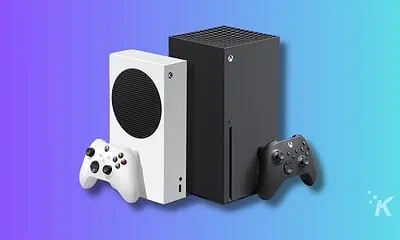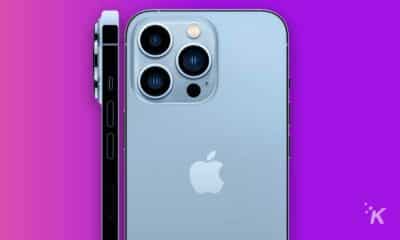How-To
What do Wi-Fi numbers actually mean?
What do the Wi-Fi numbers on routers mean for your home network?
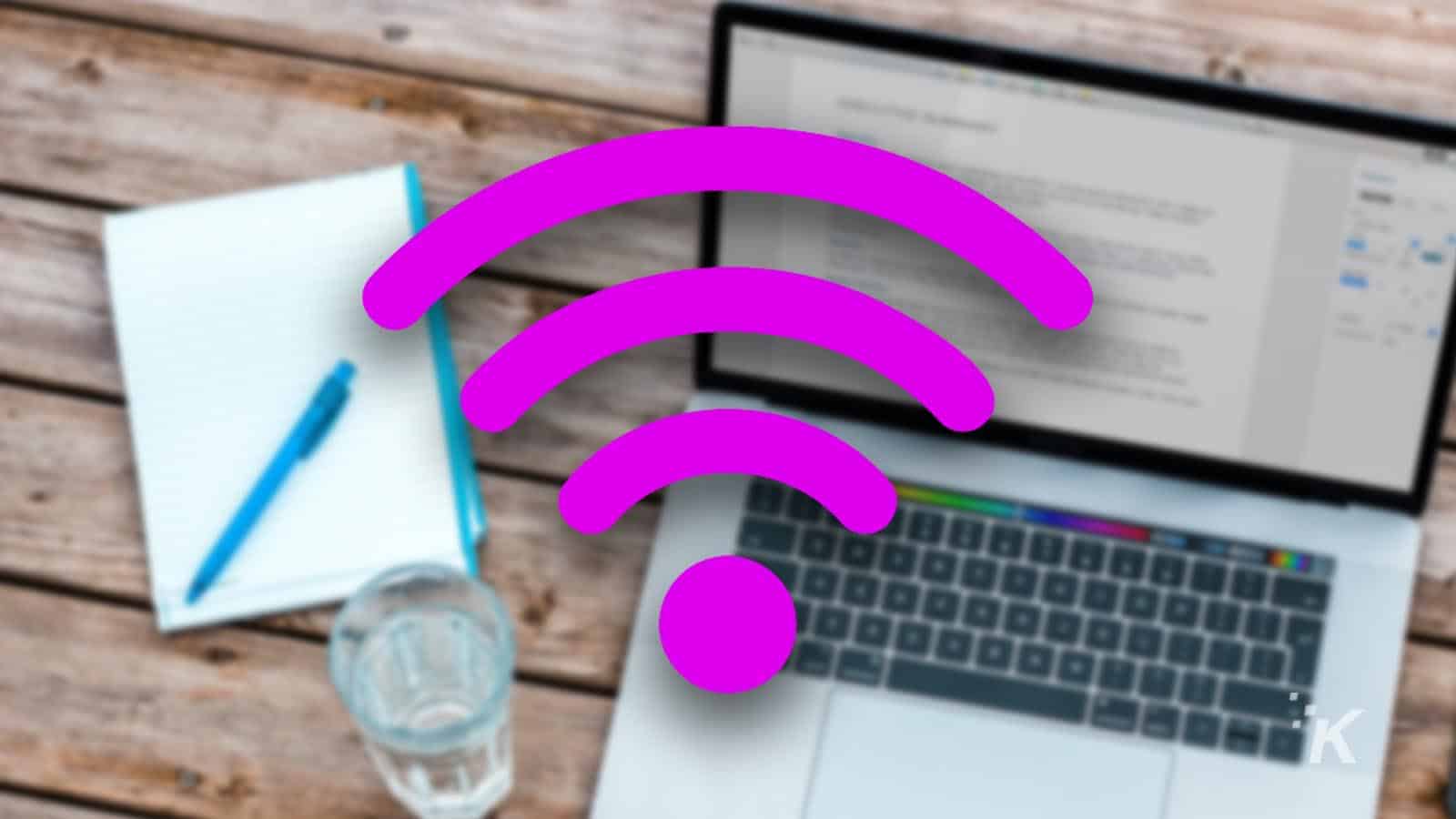
Just a heads up, if you buy something through our links, we may get a small share of the sale. It’s one of the ways we keep the lights on here. Click here for more.
Wi-Fi is ubiquitous in modern life, with the average American household having 22 connected devices. You might have noticed the naming scheme changed, with Wi-Fi numbers instead of letters after the name.
But what does that mean, exactly?
Well, in the proud tradition of bigger numbers = better, Wi-Fi has improved with every new standard. These improvements brought more bandwidth, better range, and the ability for more connected devices.
What they also brought was a headache, as the Institute of Electrical and Electronics Engineers’ (IEEE) 802.11 naming scheme was confusing.
Seriously, why was 802.11b the first version of Wi-Fi, with 802.11a coming afterward? It took until the fourth iteration of Wi-Fi that the Wi-Fi Alliance decided it needed a simpler name.
Enter Wi-Fi 4 or 802.11n if you’re still part of the IEEE. Now we’re almost on Wi-Fi 7, with devices coming out before the standard is made official.
So what does that Wi-Fi number mean? We’ll explain the different Wi-Fi versions and why you want a particular generation.
Wi-Fi numbers throughout the years
| Old name | New Name | Year introduced | Maximum Speed | Bands |
| 802.11b | – | 1999 | 11Mbps | 2.4GHz |
| 802.11a | – | 1999 | 54Mbps | 5GHz |
| 802.11g | – | 2003 | 54Mbps | 2.4GHz |
| 802.11n | Wi-Fi 4 | 2009 | 600Mbps | 2.4GHz and 5GHz |
| 802.11ac | Wi-Fi 5 | 2013 | 3.46Gbps | 5GHz |
| 802.11ax | Wi-Fi 6 | 2019 | 10.53Gbps | 2.4GHz and 5GHz |
| 802.11ax | Wi-Fi 6E | 2020 | 10.53Gbps | 2.4GHz, 5GHz, 6GHz |
| 802.11be | Wi-Fi 7 | 2024 (expected) | 40Gbps | 2.4GHz, 5GHz, 6GHz |
What does Wi-Fi actually stand for?
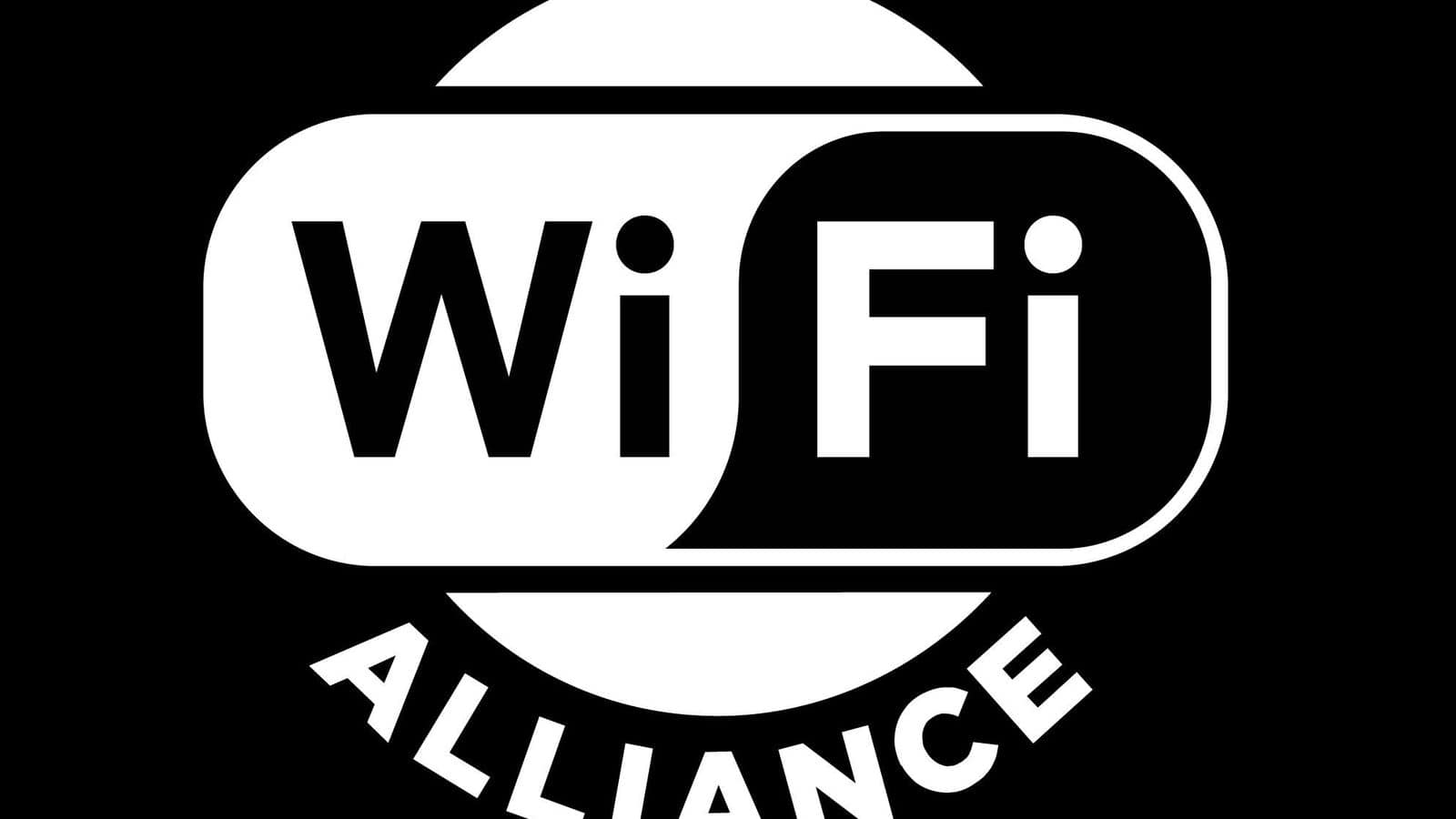
Wi-Fi is such a recognizable name that you probably already know what it stands for, right? After all, if Hi-Fi is “high fidelity, ” Wi-Fi is “wireless fidelity,” right?
Well, not really. As Cory Doctorow writes, a founding member of the Wi-Fi Alliance said, “Wi-Fi doesn’t stand for anything.”
Wi-Fi doesn’t stand for anything. It is not an acronym. There is no [deeper] meaning.
The name is pure branding, dreamt up by the same brand consultancy, Interbrand, that coined other household names like Prozac, and Compaq.
Now that you know that, would you still like to know what the Wi-Fi number stands for? If the name doesn’t mean anything, does the generation matter?
Well, if you want the best speeds for your home network and the devices on it, yes, it matters. Read on to find out why.
Which Wi-Fi number are we currently on?
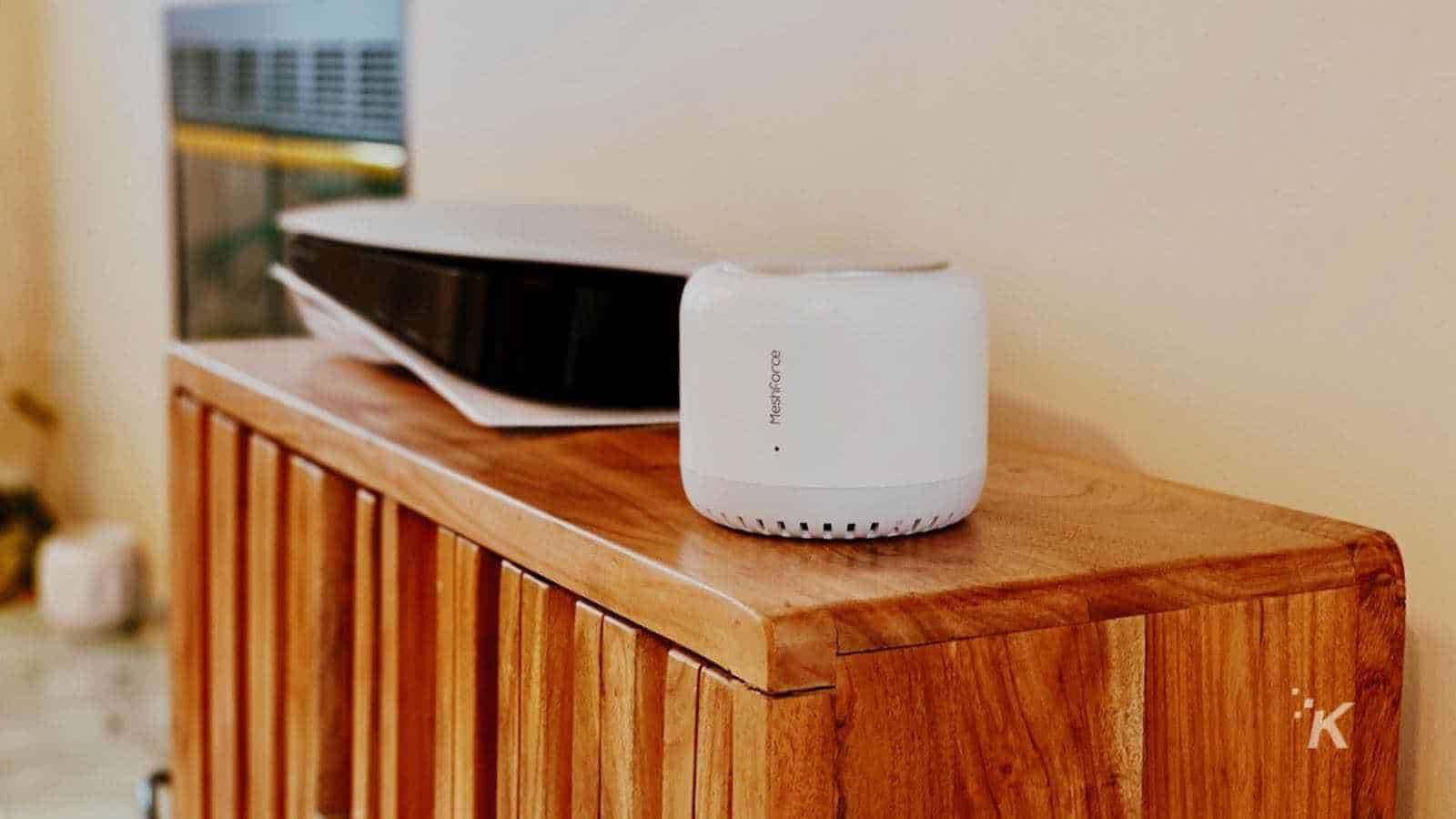
Currently, the Wi-Fi number that most new devices come with is Wi-Fi 6 (802.11ax). Some devices use Wi-Fi 6E, which adds another band to the Wi-Fi 6 specification without changing existing details.
This wireless protocol is faster, can handle more devices, and is built to handle the quicker fiber-to-the-home internet services available to consumers. It also comes with 2.4GHz and 5GHz bands for either distance or throughput.
Wi-Fi 6 can transfer data at up to 10Gbps, theoretically, but in real terms you’re unlikely to see that speed. What you will see is more responsivity when multiple devices are connected to the network, keeping everyone happier.
Other improvements include scheduling based on device needs, so someone on your network streaming 4K video will get more bandwidth than someone scrolling social media or checking emails.
You will also see less interference in urban areas and anywhere else that multiple networks are in close proximity. And the other big benefit is enhanced battery life on mobile devices, as the wireless connection is open for less time.
Wi-Fi 6E brings a new band, 6GHz, which enables faster speeds and lower latencies–if your devices support it. It’s not widely supported outside of brand-new phones or laptops.
Should you upgrade to Wi-Fi 6 now?
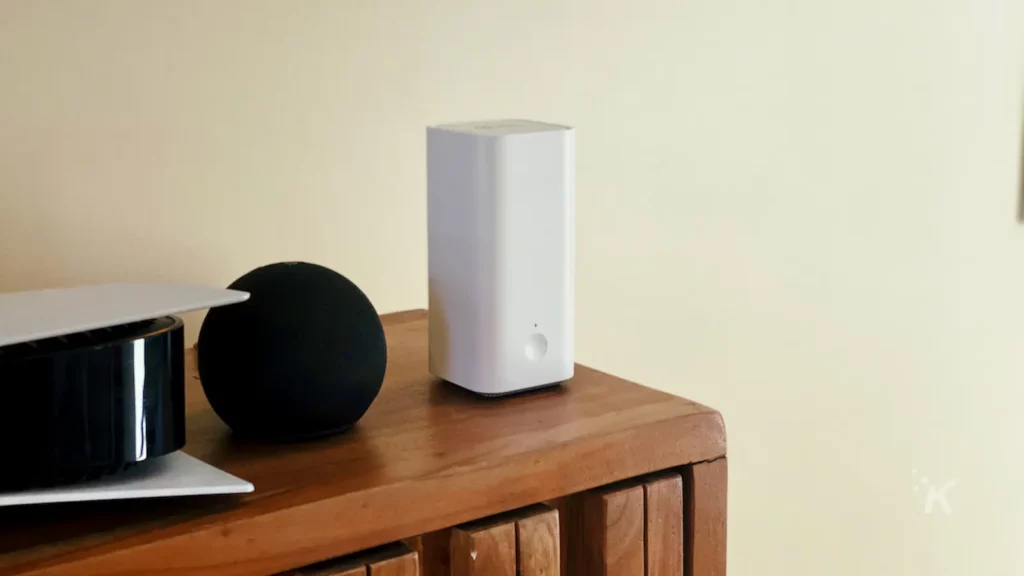
While devices are now starting to come with Wi-Fi 7, only a few routers are on the market using the upcoming standard, and all are expensive.
Yes, a bigger Wi-Fi number does mean better Wi-Fi (mostly), but you don’t need to spend on the newest standard.
If you’re in the market for a new router now, you can safely upgrade to a Wi-Fi 6 or Wi-Fi 6E router and have years of quality, solid connectivity at home.
As to how to know if you should upgrade, if your router is over three years old, or if you get connectivity issues in corners of your home, it’s probably time.
A mesh network with multiple node routers will clear up any dead zones of wireless connectivity in your home, and Wi-Fi 6 or 6E will perform well whether it has a few or a few dozen devices attached.
We like Eero’s range of affordable, easy-to-use mesh routers, which has several models with Wi-Fi 6 or 6E connectivity. Or, if you already have a Wi-Fi 6 router, you can add an extender to gain some range.
It’s also worth mentioning that any Wi-Fi 6 router will be backward compatible with earlier Wi-Fi numbers, so you can rest assured it will work with your existing wireless devices.
- It comes with three Wi-Fi 6-enabled hubs
- Covers a 5,800-square-foot property
- Supports up to 150 devices
Where Wi-Fi is going
Wi-Fi numbers will keep going up, starting with Wi-Fi 7 which is expected to be finalized in 2024. That said, you don’t have to pick up a compatible router just yet.
The Wi-Fi Alliance started certifying Wi-Fi 6 devices in 2019, and devices are still being released today with earlier versions of Wi-Fi onboard. The switch to Wi-Fi 7 could take a while, as the switch to Wi-Fi 6 did.
Add the low number of Wi-Fi 7 routers, and their incredibly high price, and you’re perfectly fine waiting. Whereas, Wi-Fi 6 routers can be picked up for under $100, which is a perfectly affordable price for an instant upgrade.
Even the proponents of Wi-Fi 7, like chipmaker giant Intel, use 2030 in its marketing as the date to show where wireless connectivity is going. Most users can wait unless, of course, you’re an early adopter.
Editors Recommendations:
- Xfinity Wi-Fi keeps disconnecting? Uncover proven fixes
- Blink camera Wi-Fi issues – quick fixes
- How much does it cost to rent a Tesla
- How to auto delete two-factor authentication codes on iPhone
Just a heads up, if you buy something through our links, we may get a small share of the sale. It’s one of the ways we keep the lights on here. Click here for more.



























